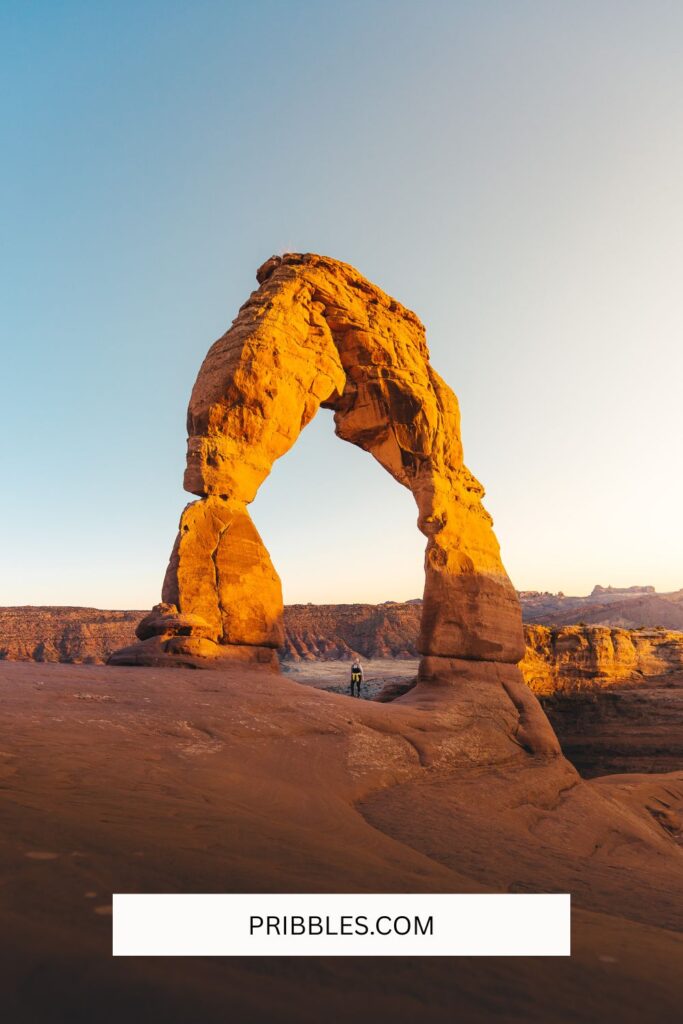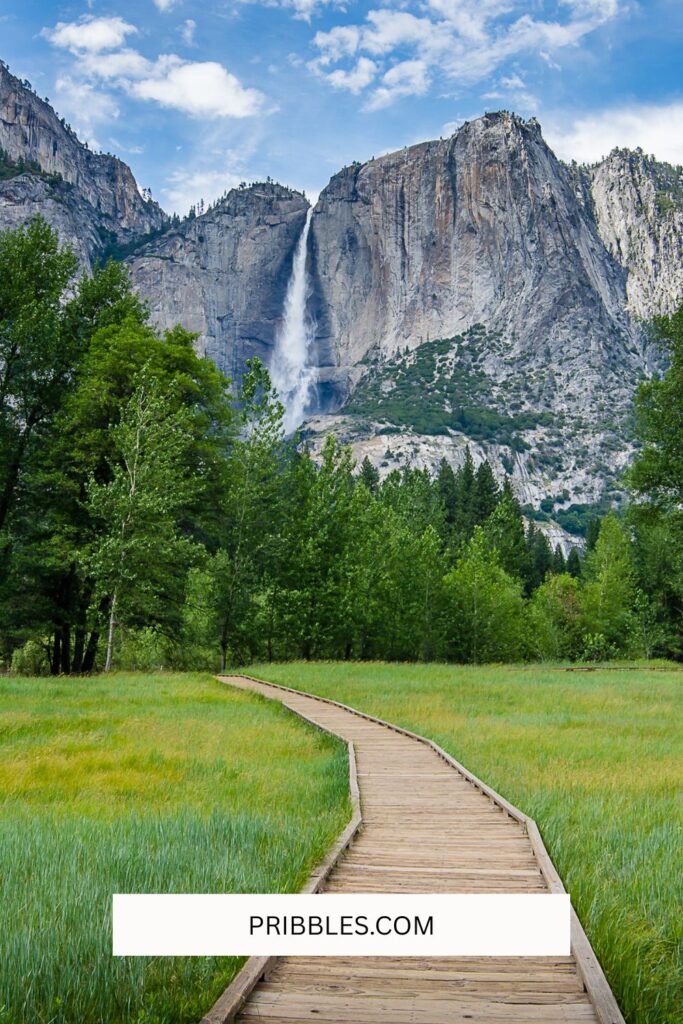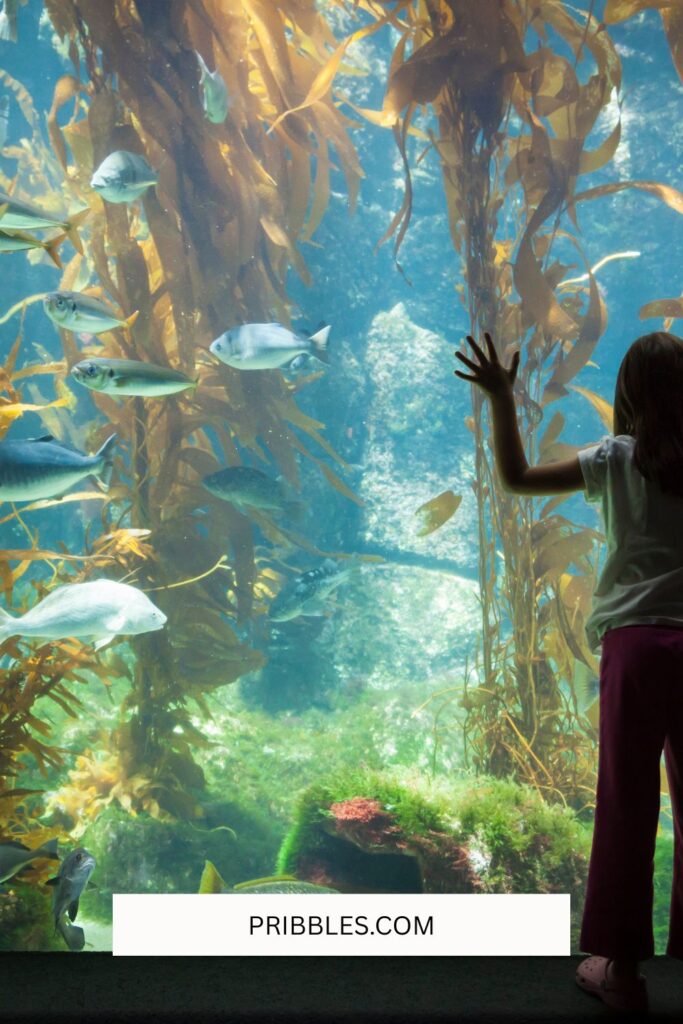Virtual Field Trips: Ideas and Webcam Sites for Homeschoolers
Homeschooling offers so much flexibility, but sometimes it can feel like the world outside is just out of reach. Field trips are one of the most exciting parts of learning, yet arranging travel, costs, or schedules isn’t always possible.
More reading for homeschoolers: Homeschool Room Ideas: From Cozy Corners to Full Classrooms and Cozy Homeschool Room Ideas to Inspire Your Space
That’s where virtual field trips come in — especially those with webcams and live video. These let you bring zoos, museums, farms, space centers, and even national parks right into your living room.
Pin for later reading

Affiliate links may be used in this post and if so I will receive a commission at no extra cost. I’m also part of the Amazon Affiliate (Associate) program where I earn a commission from sales made through my affiliate links. Read the full disclosure policy.
With just an internet connection, you can watch animals in real time, explore famous landmarks, or interact with educators across the globe.
Virtual field trips aren’t just fun; they’re powerful learning tools. They make lessons engaging, give students a chance to see things they wouldn’t otherwise, and connect subjects like science, history, and art in meaningful ways.
Whether you have a curious kindergartener or a high-schooler ready for a deeper dive, these online experiences can be a wonderful addition to your homeschool day.

Why Virtual Field Trips Work So Well for Homeschoolers
There are a lot of reasons families love webcam and live virtual tours. First, they’re accessible and affordable. You don’t have to spend money on tickets, buses, or hotels, and you can “visit” places across the world without leaving home. They’re also flexible. If your kids want to pause to ask questions, rewind to look again, or even watch a session twice, you can.
Another huge benefit is exposure. Homeschoolers can experience habitats, cultures, or historic artifacts that would be impossible to see otherwise. A zoo in another state, a museum across the ocean, or a volcano on the other side of the world — all are available to explore virtually. And when the programs are interactive, kids can ask questions in real time, just like on a real field trip.
Most importantly, virtual field trips connect beautifully with what you’re already teaching. A science lesson can come alive by watching penguins dive underwater at the aquarium. A history study is more vivid when you “walk” through ancient ruins. These experiences spark curiosity and give learning a real-world anchor.

Ideas for Virtual Field Trip Themes
So, what kinds of virtual trips are available? Here are a few of the most popular themes homeschoolers love:
- Wildlife and Aquariums: Watch polar bears, penguins, or coral reefs through live webcams. Kids can observe animal behavior and learn about habitats and conservation.
- National Parks and Nature: Virtual hikes, geysers erupting in Yellowstone, or waterfalls in Yosemite bring geography and earth science to life.
- Historic and Cultural Sites: Explore old battlefields, castles, or famous monuments from home, tying directly into social studies or history lessons.
- Art and Museums: Take 360° tours of art galleries or join curator-led live talks. Kids can study different art styles, compare cultures, and even create their own inspired pieces afterward.
- Space and Science Centers: Some sites stream telescope views or host lab experiments in real time. These are perfect for older students learning about astronomy, physics, or engineering.
- Farms and Agriculture: Many farms now offer live barn cams or virtual tours. Kids can watch chickens hatch or see how crops are harvested — a wonderful tie-in to nutrition or sustainability.
These themes can be sprinkled throughout your homeschool week or used to launch a deeper unit study.

Best Sites for Webcam and Virtual Field Trips
Thankfully, there are dozens of excellent resources. Some are free, while others offer premium programs or guided sessions. Here are a few favorites to check out:
- Discovery Education Virtual Field Trips – High-quality, teacher-friendly trips with guides and activities. Great for structured learning.
- Freedom Homeschooling – A free collection of virtual field trip links, from aquariums to national parks.
- We Are Teachers Virtual Field Trips List – A huge round-up of kid-friendly options, including Yellowstone, Mars rovers, and art museums.
- Smithsonian National Museum of Natural History – Offers virtual tours of exhibits and live programs with experts.
- K12 Virtual Field Trips – Free Zoom events where kids can interact, ask questions, and even take part in polls and quizzes.
- CILC (Center for Interactive Learning and Collaboration) – Hosts thousands of interactive programs from museums, science centers, and cultural sites around the world.
- Lake Placid Olympic Museum – Free, topic-specific trips for grades 3–12 with lesson plans included.
- Zoos and Aquariums – Many have their own webcams, like the San Diego Zoo’s panda cam or the Monterey Bay Aquarium’s jellyfish feed.
Each of these resources offers something a little different, so you can mix and match depending on your child’s age and interests.

Tips for Making the Most of a Virtual Field Trip
Clicking “play” isn’t enough to turn a video into a real learning experience. With just a little planning, you can turn a virtual trip into something memorable:
- Plan ahead. Preview the tour so you know what’s covered and how long it lasts. Gather materials like notebooks or maps so kids can take notes or sketch what they see.
- Set expectations. Let your kids know what they’re about to “visit” and encourage them to come up with a few questions before starting.
- Pause for discussion. Stop the video to talk about what’s happening. Ask, “Why do you think the animals act this way?” or “What do you notice about this building?”
- Extend the experience. Afterward, do an activity — draw an animal, write a journal entry, make a craft, or cook a dish from the culture you studied.
- Keep it multisensory. Add real-world touches if you can. Watching a rainforest tour? Play nature sounds in the background or light a “fresh rain” candle. Visiting a farm? Bake some bread or make butter in a jar.
When you combine visuals with hands-on learning, the memory sticks so much better.

Overcoming Common Challenges
Like anything online, virtual field trips come with small hurdles. Sometimes webcams lag or freeze, or the video quality isn’t the best. If this happens, have a backup clip from YouTube or another site ready. Live trips may also run on schedules in different time zones, so double-check times and see if recordings are available.
And let’s be honest — sometimes kids just get distracted staring at a screen. You can help by keeping trips short, breaking them into chunks, or using a simple worksheet to guide their attention.

Virtual Field Trips by Age Group
To give you a sense of what works best at different ages:
- Younger kids (K–3) love animal cams, simple museum tours, and interactive farm visits.
- Middle schoolers (4–8) can handle longer history tours, science experiments, and cultural explorations.
- High schoolers (9–12) often enjoy live Q&As with experts, deeper museum collections, or interactive space and climate studies.
Of course, every child is different, so follow their curiosity. Sometimes a 6-year-old is captivated by a volcano tour, while a teen may be enchanted by zoo webcams.

Final Thoughts
Virtual field trips and webcams are more than just screen time. They’re opportunities to bring the world into your homeschool in exciting, interactive ways. They can inspire new interests, spark questions, and connect your lessons to the bigger picture of life outside your home.
Whether you’re watching penguins swim in real time, taking a guided tour of the Smithsonian, or chatting with a park ranger on Zoom, you’re not just filling time — you’re making memories and deepening your child’s education.
So grab your laptop, settle in on the couch, and get ready to explore the world from home. The opportunities are endless, and the best part is, you don’t even need to pack a lunchbox.







